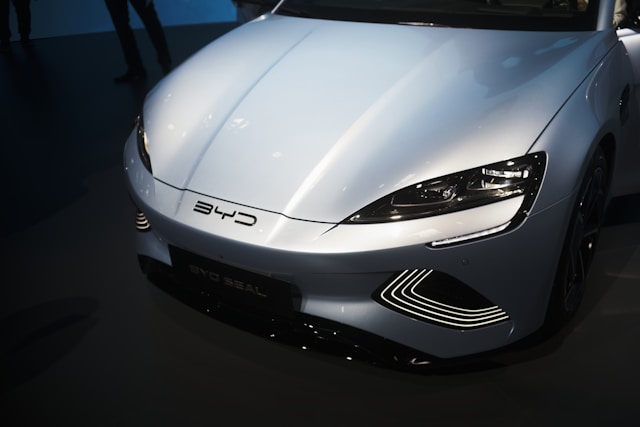China’s BYD, the world’s leading electric vehicle (EV) manufacturer, is preparing to enter Japan’s $18 billion kei car market with a low-cost electric model scheduled to launch in 2026. The move signals BYD’s growing global ambitions and marks a direct challenge to Japanese automotive giants on their home turf.
The Kei Car Market
The kei car segment is a uniquely Japanese category of ultra-compact, tax-friendly vehicles that represent about 40% of the country’s car sales. BYD’s upcoming EV will be sized similarly to the iconic Mini Cooper and will be designed specifically for Japan, bypassing the usual strategy of launching new models in China first.
Atsuki Tofukuji, president of BYD Auto Japan, stated that the car would appeal to Japanese consumers who are increasingly burdened by high fuel taxes and shrinking access to petrol stations, particularly in rural areas. “Kei cars fit the Japanese way of life extremely well,” Tofukuji told the Financial Times. “If customers properly understand the economic rationale, they are sufficiently willing to buy kei cars that aren’t made by the existing major brands.”
Challenges in the Japanese Market
Analysts caution that BYD faces serious challenges in the Japanese market, where consumers remain fiercely loyal to domestic carmakers like Toyota, Honda, and Nissan. Japanese consumers often regard foreign, especially Chinese, brands with suspicion. Additionally, Japan’s EV adoption remains sluggish, with electric cars accounting for just over 1% of total sales in 2024.
BYD currently sells three EV models in Japan but has struggled to gain traction, selling only 2,221 units in the past year. Despite this, the company is aggressively expanding its footprint, planning to grow from 61 to 100 dealerships nationwide by year-end. Tofukuji said that reaching a break-even point would require selling about 150 units per store annually — a total of 15,000 cars.
Competitive Landscape
The new EV is expected to be cheaper than BYD’s compact Dolphin model, which retails at ¥2.9 million ($20,700). It will compete directly with Nissan’s Sakura minicar, which sells for ¥2.6 million and offers a range of 180 kilometers. Developing kei cars has historically been challenging for most foreign manufacturers due to Japan’s strict regulations on vehicle size, engine capacity, and power output.
Tofukuji believes that electric drivetrains offer a unique advantage: “One clear advantage unique to EVs is the ease with which their powertrains can be designed and manufactured.” The launch comes at a tense moment for Japan’s auto industry, with U.S. tariffs under former President Donald Trump threatening profits and trade negotiations pressuring Japan to reduce non-tariff barriers.

Beyond Japan, BYD is reportedly eyeing international expansion for its upcoming kei EV, targeting densely populated regions like India and parts of Europe where compact, low-cost vehicles are in demand. Toshihiro Suzuki, CEO of Suzuki — a pioneer of the kei car — acknowledged the shifting landscape, telling reporters that “kei EVs are likely to gain more opportunities to thrive globally.”
Whether BYD’s mini-EV will mark a turning point in the Japanese market remains to be seen, but its arrival signals a growing willingness among Chinese automakers to challenge even the most entrenched automotive traditions.



